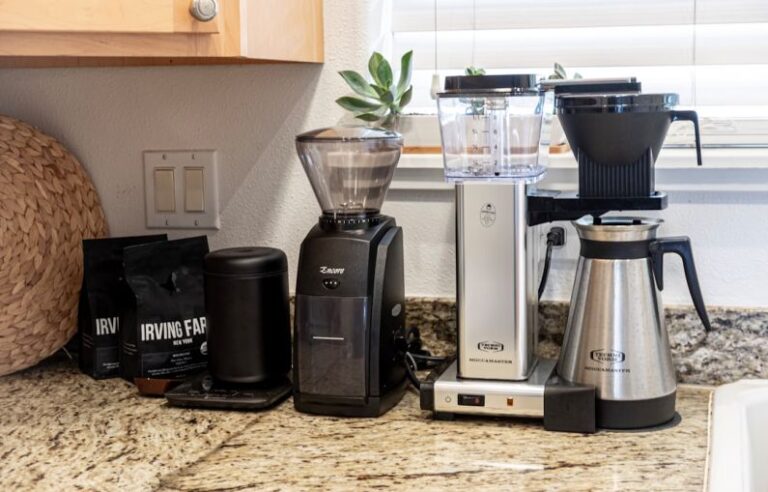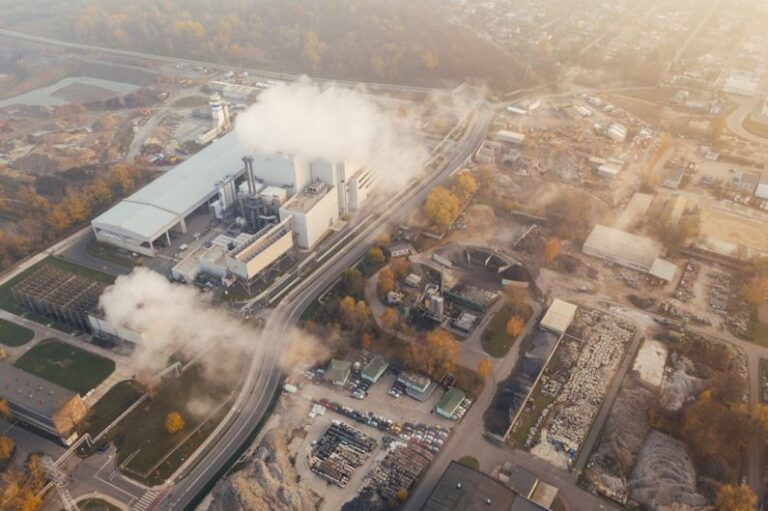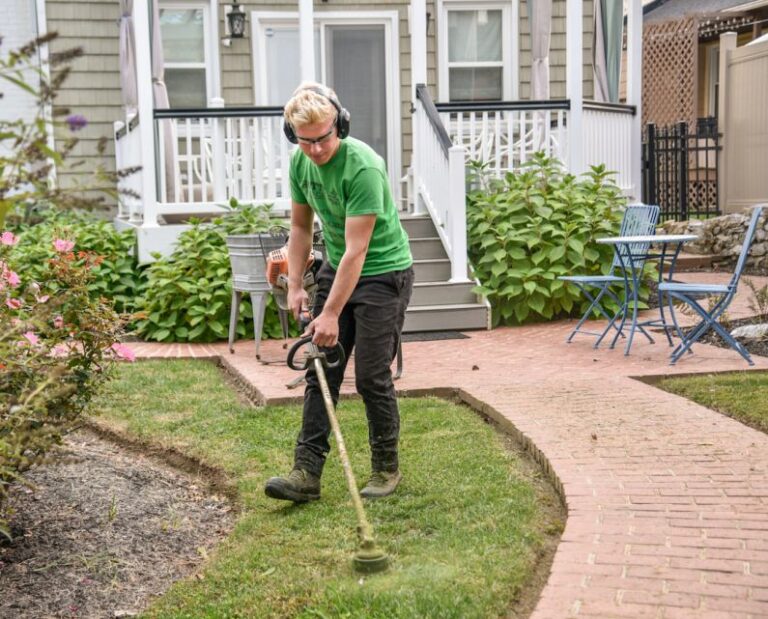
In the realm of architecture and interior design, the concept of sustainability has gained significant traction in recent years. As environmental concerns grow and society becomes more conscious of the impact of human activities on the planet, green home design has emerged as a prominent trend in the housing industry. From energy-efficient features to eco-friendly materials, the focus on creating homes that are both aesthetically pleasing and environmentally responsible is shaping the way we think about modern living spaces.
Energy-Efficient Design
One of the key trends in green home design is the emphasis on energy efficiency. Homeowners are increasingly looking for ways to reduce their energy consumption and lower their utility bills, leading to a rise in the popularity of features such as solar panels, energy-efficient appliances, and smart home technology. By incorporating these elements into the design of a home, architects and designers can create spaces that not only look good but also function efficiently, reducing the overall environmental impact of the building.
Natural Light and Ventilation
Another important trend in green home design is the use of natural light and ventilation. Designers are increasingly incorporating large windows, skylights, and open floor plans to maximize the amount of natural light that enters a home, reducing the need for artificial lighting during the day. Similarly, the strategic placement of windows and ventilation systems can help to improve air circulation and reduce the reliance on heating and cooling systems, further enhancing the energy efficiency of a home.
Sustainable Materials
The choice of materials used in construction plays a significant role in the sustainability of a home. In green home design, there is a growing emphasis on using eco-friendly and sustainable materials such as reclaimed wood, bamboo flooring, and recycled glass countertops. These materials not only help to reduce the environmental impact of the building process but also create unique and visually appealing spaces that reflect the homeowner’s commitment to sustainable living.
Water Conservation
Water conservation is another important aspect of green home design that is gaining traction in the industry. Designers are incorporating features such as low-flow fixtures, rainwater harvesting systems, and drought-resistant landscaping to reduce water usage and promote efficient water management. By implementing these strategies, homeowners can minimize their water footprint and contribute to the conservation of this precious resource.
Indoor Air Quality
Indoor air quality is a critical factor in creating a healthy and sustainable home environment. In green home design, designers are paying close attention to the selection of materials and finishes that contribute to improved air quality. Low-VOC paints, natural insulation materials, and proper ventilation systems are just a few examples of the strategies used to create homes that are not only environmentally friendly but also promote the health and well-being of their occupants.
Adaptable Design
As the concept of sustainability continues to evolve, another trend in green home design is the focus on adaptable and flexible spaces. Designers are incorporating features such as movable walls, modular furniture, and multifunctional rooms to create homes that can easily adapt to changing needs and lifestyles. This flexibility not only enhances the functionality of the space but also prolongs the lifespan of the home, reducing the need for extensive renovations or upgrades in the future.
Innovative Technology
Advancements in technology are also playing a significant role in shaping the trends in green home design. From smart thermostats and energy monitoring systems to home automation and renewable energy solutions, technology is being integrated into homes to enhance their efficiency and sustainability. These innovative solutions not only make homes more comfortable and convenient to live in but also help homeowners reduce their environmental footprint and contribute to a more sustainable future.
In conclusion, green home design is a rapidly evolving field that is driven by a growing awareness of the importance of sustainability and environmental responsibility. By incorporating energy-efficient features, natural light and ventilation, sustainable materials, water conservation strategies, indoor air quality considerations, adaptable design elements, and innovative technology, designers and architects are creating homes that not only look good but also make a positive impact on the planet. As the demand for green homes continues to rise, it is clear that the trends in green home design will continue to shape the way we build and live in the future.





